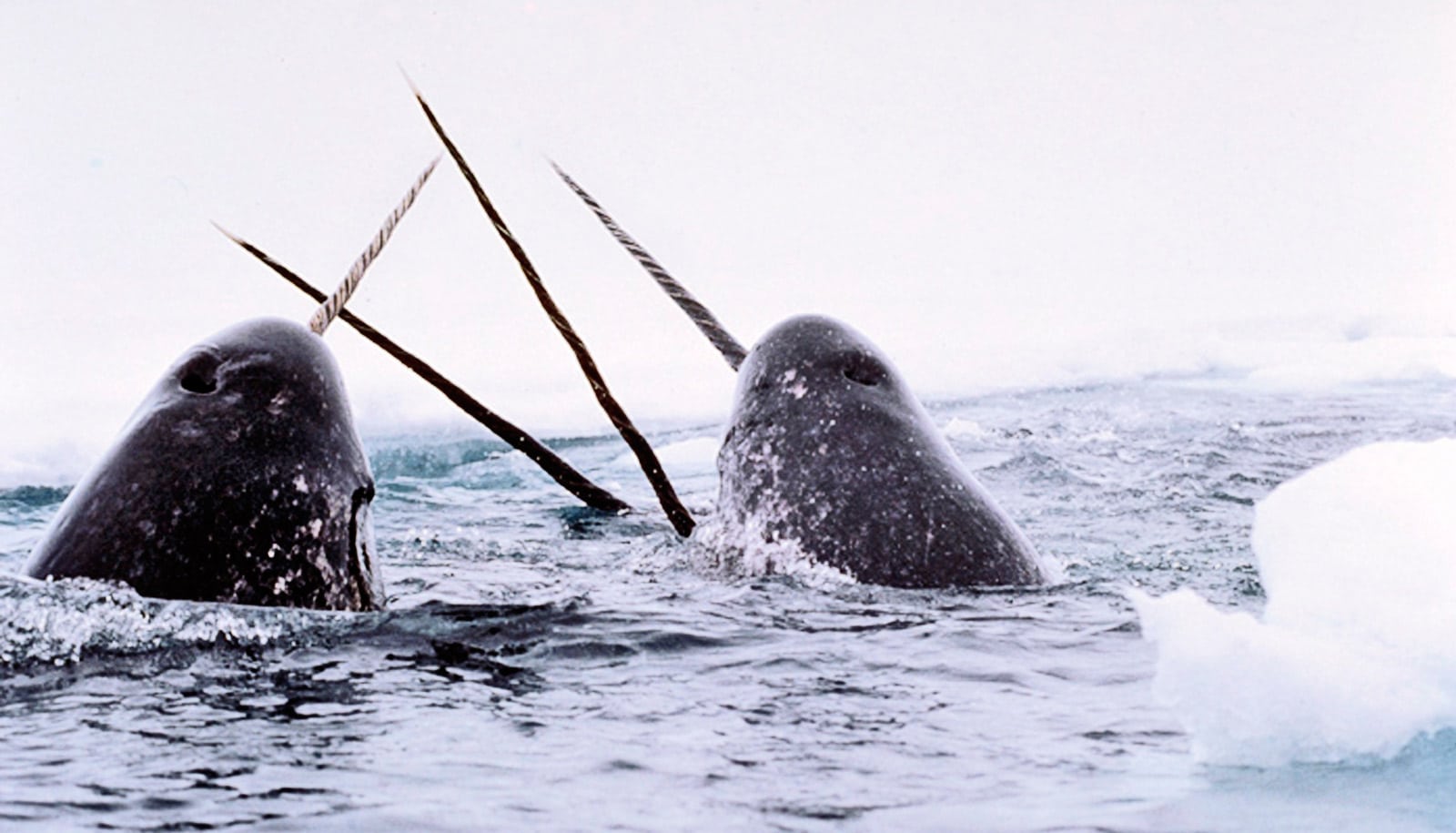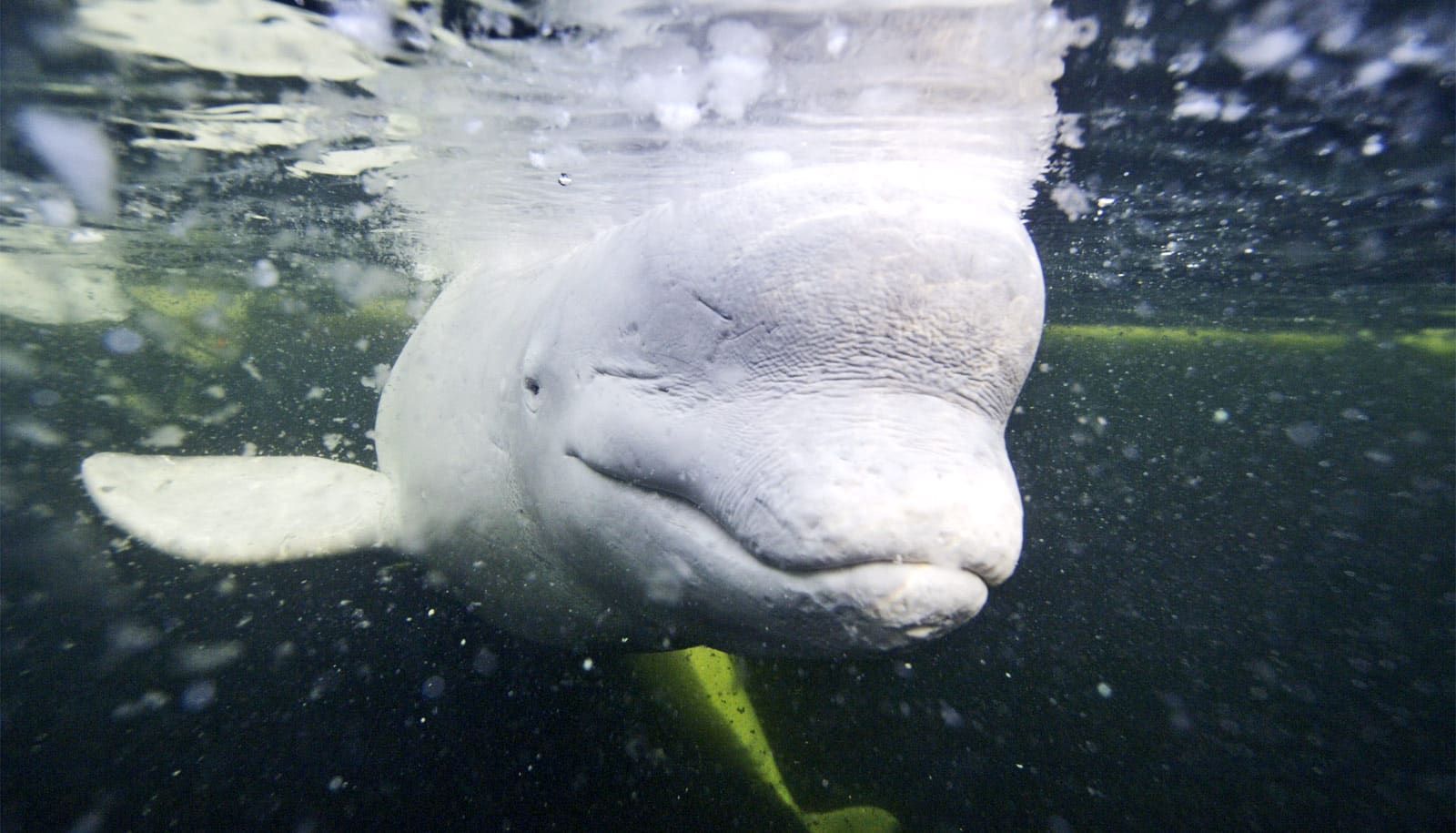A narwhal discovery challenges the idea that genetic diversity is necessary for a species to survive.
Researchers at the Natural History Museum of Denmark sequenced the genome of a narwhal from West Greenland, and opened a window to the past million years of its evolutionary history.
The findings suggest that narwhals have had consistently low genetic diversity throughout the entire period but have nevertheless survived through to the present day.
“The narwhal has incredibly low genetic variation across its genome compared to other mammals, both in and beyond the Arctic,” says Eline Lorenzen, associate professor at the University of Copenhagen and lead author of the study in Cell.
“This is surprising; as high genetic diversity is normally associated with greater odds of long-term survival.”
Roughly 170,000 narwhals currently inhabit Arctic waters surrounding Greenland, Canada, Svalbard, and Russia. The genetic analyses demonstrate that their population has remained stable for an exceptionally long period of time, and that their numbers have grown since the last ice age—although several areas are currently experiencing population declines due to hunting.
“The narwhal has survived massive historic changes to the extent of sea ice that defines Arctic ecosystems. Nevertheless, their stocks have increased, until recently, despite persistently low genetic diversity,” Lorenzen says.
Significant environmental change can affect a species in one of three ways: it can go extinct, move elsewhere, or survive by adapting to the new circumstances.
If environmental change happen suddenly, adaptation is based on existing genetic variation, since there is no time for new variation to occur. Therefore, greater genetic variation within a species provides more genetic material to select from—and greater odds for species survival.
The case of the narwhal is an exception to this logic—and its long presence in the Arctic, despite extremely low genetic diversity, remains a mystery.
“We don’t know why this is the case with the narwhal. But our study does question the notion that a species requires high genetic diversity to ensure its long-term survival, for example by increasing its resilience to climatic change,” Lorenzen says.
Researchers compared the narwhal genome against the genomes of four other endemic Arctic marine mammals: the bowhead whale, beluga whale, walrus, and polar bear. All had far higher levels of genetic diversity than the narwhal, suggesting the pattern of low diversity is unique to this species.
The narwhal, one of only two species of toothed whale found in the Arctic year-round, is known as the unicorn of the sea due to its elongated tusk that protrudes from the skull. Adult narwhals roughly measure between 12-16 feet in length and weigh between 1,800-3,600 pounds.
Source: University of Copenhagen


